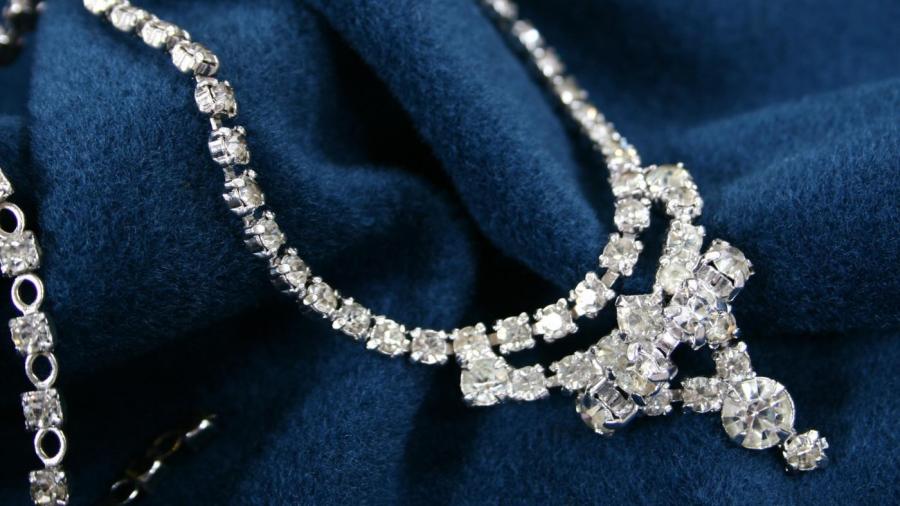What Is the Irony in “The Necklace” by Guy DeMaupassant?

The irony in “The Necklace” is that the protagonist in the story, after wearing herself out and becoming poor trying to pay back a diamond necklace she borrowed and lost, discovers that the original necklace was fake. She ruins her life for a paste imitation instead of an invaluable piece of jewelry.
Matilda Loisel dreams of rising above her middle class mediocrity. To assuage her despondency, her husband manages to get an invitation to an important party and gives her money he was saving for himself to buy a new dress. After borrowing a lovely diamond necklace from a friend, she loses it at the party. A frantic search is fruitless. Matilda and her husband spend all their savings and take out vast loans to replace the necklace. Destitute, they toil to pay back their debts. The labor wears them out and saps Matilda’s looks and strength. One day by chance she meets her friend on the street and confesses that she lost the necklace and had to replace it, and her friend informs her that the original necklace was only a cheap imitation.
Critics consider Guy de Maupassant a master of the short story genre and “The Necklace” to be one of the greatest of his 300 published short stories.





